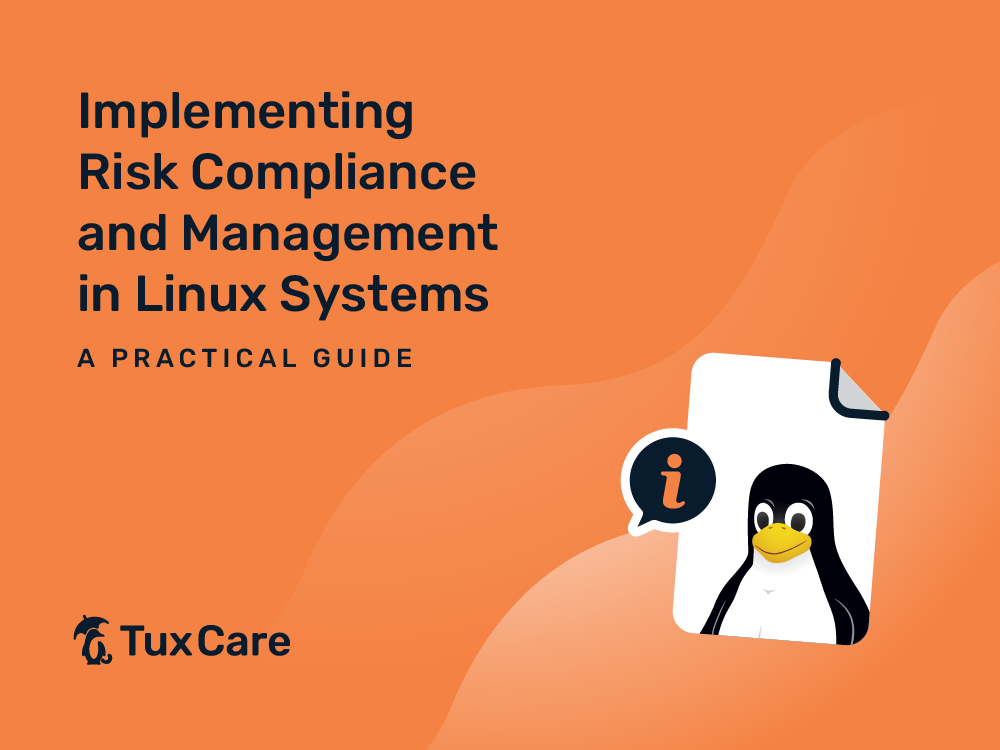Implementing Risk Compliance and Management in Linux Systems: A Practical Guide
- Regular security audits and up-to-date patch management are essential for Linux compliance.
- User access control and robust network security are critical to safeguard Linux systems.
- Adapting compliance frameworks like ISO 27001 to Linux specifics is key for risk management.
- Continuous monitoring, staff training, and expert collaboration ensure ongoing compliance.
In the realm of information technology, the concept of risk compliance is pivotal, especially when it comes to managing Linux systems. Risk compliance, by definition, involves adhering to laws, regulations, guidelines, and specifications relevant to a business or organization. In the context of Linux systems, this translates to ensuring that all operations and processes are secure, reliable, and aligned with industry standards. This article aims to explore the intricacies of implementing risk compliance in Linux systems, drawing practical examples and insights from the field.
Understanding the Landscape of Risk Compliance in Linux
Linux, known for its robustness and flexibility, is a popular choice for many organizations’ IT infrastructures. However, with great power comes great responsibility. The open-source nature of Linux can pose unique challenges in maintaining compliance. As outlined in one of our previous articles, understanding the landscape of risk compliance is crucial for Linux administrators.
Key Components of Risk Management in Linux
- Security Auditing: Regular security audits are essential. Tools like Lynis, a security auditing tool for Unix/Linux systems, help in this regard by performing extensive security scans.
- Patch Management: Keeping the Linux system up to date is vital. Patch management tools ensure that all software components are current, mitigating vulnerabilities.
- User Access Control: Managing who has access to what, particularly with tools like sudo and ssh, plays a critical role in maintaining a secure environment.
- Network Security: Implementing firewalls and monitoring network traffic is crucial to prevent unauthorized access and detect potential threats.
Compliance Frameworks and Linux
Compliance frameworks such as ISO 27001, HIPAA, or PCI DSS provide guidelines that help shape risk compliance strategies. Tailoring these frameworks to fit the specific needs of a Linux environment is a skill that requires both an understanding of the framework and the nuances of Linux systems.
Practical Examples of Risk Compliance in Action
To illustrate these concepts, let’s consider a few practical scenarios:
- Automating Compliance with Scripts: Automation plays a key role in maintaining compliance. For instance, scripts can be used to automate the deployment of security patches, as discussed in our article on automation for risk compliance.
- Ensuring Compliance in CentOS 7: CentOS, a popular Linux distribution, requires specific compliance measures. As highlighted in a detailed guide we recently published, implementing SELinux policies and regular system audits are part of maintaining compliance in CentOS 7.
- Case Study: Implementing ISO 27001 in a Linux Environment: A real-world example could involve configuring a Linux server to meet ISO 27001 standards. This could include setting up encrypted data transfers, implementing strict access controls, and regular vulnerability scanning.
Overcoming Challenges in Linux Risk Compliance
Despite the robustness of Linux, challenges such as managing complex configurations, keeping up with rapid software updates, and ensuring compatibility with compliance standards are common. Addressing these challenges requires a blend of technical expertise and strategic planning.
For instance, understanding the definition and scope of compliance risk as outlined by TechTarget can provide valuable context for IT professionals working with Linux systems.
Best Practices for Risk Compliance in Linux Systems
Adopting best practices is crucial for effective risk compliance in Linux environments:
- Continuous Monitoring and Auditing: Implement continuous monitoring tools and conduct regular audits to ensure compliance and security.
- Documentation and Reporting: Maintaining detailed documentation and reports aids in demonstrating compliance during audits.
- Employee Training and Awareness: Ensuring that staff are aware of compliance requirements and trained in best practices is essential.
- Collaboration with Compliance Experts: Engaging with compliance experts can provide insights specific to the Linux environment.
Final Thoughts
Implementing risk compliance in Linux systems is a multifaceted process that requires a thorough understanding of both the Linux ecosystem and the regulatory landscape. By integrating best practices, leveraging automation, and staying informed about the latest developments in compliance frameworks, Linux administrators can effectively manage risk and ensure their systems meet the highest standards of security and compliance.
Staying ahead in terms of compliance is not just about avoiding penalties but also about safeguarding the integrity and reliability of systems. By focusing on these aspects, organizations can ensure that their Linux infrastructure remains robust, secure, and compliant.



 Documentation
Documentation Login
Login




